Health is a human right, and it is essential for the well-being and development of young people. However, many youth in Kenya face barriers to accessing quality health care, especially for their sexual and reproductive health (SRH) and mental health needs. In this article, we will explore some of the strategies and resources that youth can use to overcome these challenges and improve their health outcomes.
Why is youth health care important?

Youth are the future of Kenya, and they have the potential to contribute to the social and economic development of the country. However, they also face many health risks, such as unintended pregnancies, sexually transmitted infections (STIs), HIV/AIDS, gender-based violence, substance abuse, depression, anxiety, and suicide. These issues can affect their education, employment, relationships, and well-being.
According to the 2019 Kenya Population and Housing Census, youth aged 15-24 years make up 20.3% of the total population, or about 10.1 million people. Yet, they often lack access to accurate information, friendly services, and affordable products that can help them prevent or treat their health problems. For example, only 51% of young women and 42% of young men aged 15-24 years have comprehensive knowledge of HIV prevention methods 1. Moreover, only 40% of sexually active unmarried women aged 15-24 years use any modern contraceptive method .
Youth health care is not only important for individual well-being, but also for public health and development. Investing in youth health care can reduce maternal and child mortality, prevent the spread of infectious diseases, promote gender equality, enhance human capital, and foster social cohesion.
What are some of the strategies and resources for youth health care in Kenya?
Youth in Kenya can access health care through various channels, such as public facilities, private providers, community-based organizations, schools, workplaces, online platforms, and peer networks. However, not all of these options are equally available, accessible, acceptable, or affordable for all youth. Therefore, it is important to identify the most suitable and effective strategies and resources for different groups of youth based on their needs, preferences, and contexts.
Some of the strategies and resources that youth can use to access health care include:
- Seeking information from reliable sources: Youth can learn about their health rights, needs, and options from various sources, such as books, magazines, radio, television, internet, social media, hotlines, helplines, or chatbots. However, they should be careful to verify the accuracy and credibility of the information they receive from these sources. They can also consult with trusted adults or peers who have relevant knowledge or experience.
- Visiting youth-friendly health facilities: Youth can access quality health services from facilities that are designed to meet their specific needs and expectations. These facilities should have trained staff who respect youth confidentiality and privacy; offer a range of services that cover SRH and mental health; provide counseling and referrals; use participatory approaches; and involve youth in decision-making and feedback mechanisms. Some examples of youth-friendly health facilities in Kenya are the Tunza Family Health Network 3, the Afya Bora Adolescent Health Centres , and the LVCT Health One2One Youth Centres .
- Joining youth-led or youth-serving organizations: Youth can benefit from the support and advocacy of organizations that are led by or serve young people. These organizations can provide information, education, communication, peer education, counseling, mentoring, life skills training, empowerment, leadership development, networking, and referrals for youth on various health issues. Some examples of such organizations in Kenya are the Organisation of African Youth (OAYouth) , the Network for Adolescent and Youth of Africa (NAYA) , and the Young Women’s Leadership Institute (YWLI) .
- Using digital technologies: Youth can leverage the power of digital technologies to access health information, services, products, and support online or through mobile devices. These technologies can offer convenience, anonymity, affordability, and interactivity for youth who may face stigma, discrimination, or violence when seeking health care offline. Some examples of digital technologies that youth can use in Kenya are the Shujaaz media platform , the mHealth Kenya SMS platform , and the U Afya online community .
What are some of the challenges and opportunities for youth health care in Kenya?
Despite the availability of some strategies and resources for youth health care in Kenya, there are still many challenges that hinder their effective utilization by all youth. Some of these challenges include:
- Lack of awareness and information: Many youth are not aware of their health rights, needs, or options, or do not have access to accurate and comprehensive information on various health issues. This can lead to misinformation, misconceptions, or myths that can affect their health-seeking behavior and outcomes.
- Lack of affordability and accessibility: Many youth cannot afford the cost of health services, products, or transportation, or do not have access to health facilities or providers that are close to their homes, schools, or workplaces. This can prevent them from seeking or receiving timely and appropriate health care.
- Lack of acceptability and quality: Many youth do not find the existing health services or products acceptable or suitable for their needs or preferences. They may face stigma, discrimination, judgment, or harassment from health providers or community members who do not respect their autonomy, diversity, or dignity. They may also encounter poor quality of care or products that are ineffective, unsafe, or expired.
- Lack of policy and legal support: Many youth do not have adequate policy and legal support to protect their health rights and interests. They may face legal barriers or restrictions that limit their access to certain health services or products, such as age of consent, parental consent, or marital status. They may also lack representation or participation in policy-making or implementation processes that affect their health.
“Health is not a privilege; it is a human right. It is not a gift; it is a responsibility.” – Wangari Maathai
However, there are also many opportunities and potential solutions that can address these challenges and improve youth health care in Kenya. Some of these opportunities include:
- Strengthening youth empowerment and participation: Youth can be empowered and supported to take charge of their own health and well-being, and to participate actively and meaningfully in health-related decision-making and action at individual, family, community, and national levels. They can also be involved in the design, delivery, monitoring, and evaluation of health programs and policies that affect them.
- Enhancing youth-friendly service delivery: Youth-friendly health services can be scaled up and improved to reach more youth with quality, comprehensive, integrated, and respectful care. This can be done by increasing the availability, accessibility, affordability, acceptability, and accountability of health facilities and providers that cater to youth needs and preferences. It can also be done by strengthening the capacity, motivation, and performance of health workers who serve youth.
- Expanding youth-targeted communication and advocacy: Youth-targeted communication and advocacy can be enhanced to raise awareness and generate demand for youth health care among youth themselves, as well as among their parents, partners, peers, teachers, employers, leaders, and policymakers. This can be done by using various channels, formats, languages, and messages that are relevant, appealing, and persuasive for different audiences. It can also be done by engaging influential role models, champions, or allies who can support youth health causes.
- Improving policy and legal environment: Policy and legal environment can be improved to protect and promote youth health rights and interests. This can be done by reviewing, revising, or removing any laws or policies that hinder youth access to health care, such as age of consent, parental consent, or marital status. It can also be done by developing, enacting, or implementing any laws or policies that facilitate youth access to health care, such as universal health coverage (UHC), adolescent sexual reproductive health (ASRH), or mental health.
Youth health care is a vital issue that affects the lives and futures of millions of young people in Kenya. Youth have the right to access quality health care that meets their needs and respects their choices. However, they also face many barriers that prevent them from achieving optimal health outcomes. Therefore, it is important for youth to use various strategies and resources that can help them overcome these challenges and improve their health status. It is also important for all stakeholders to work together to create a conducive environment that supports youth health care in Kenya.
